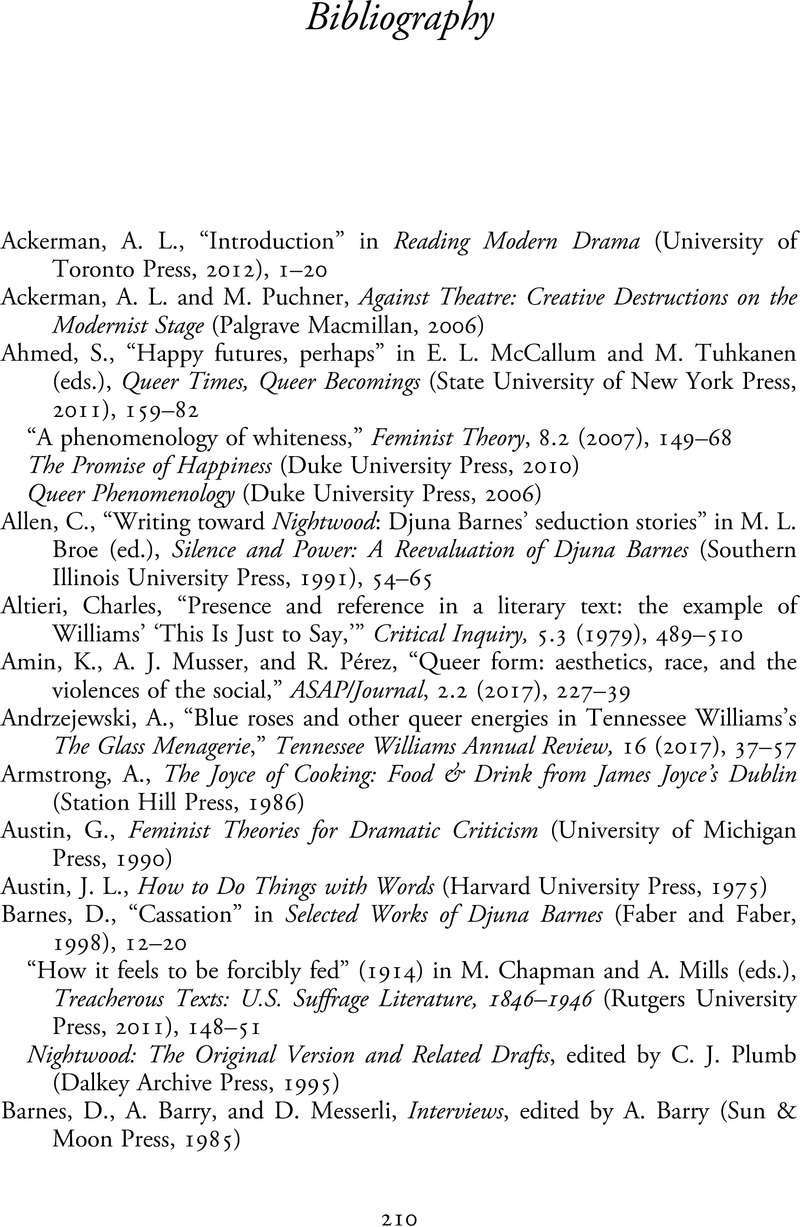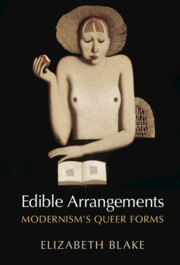Bibliography
Published online by Cambridge University Press: 26 September 2023
Summary

Information
- Type
- Chapter
- Information
- Edible ArrangementsModernism's Queer Forms, pp. 210 - 221Publisher: Cambridge University PressPrint publication year: 2023
